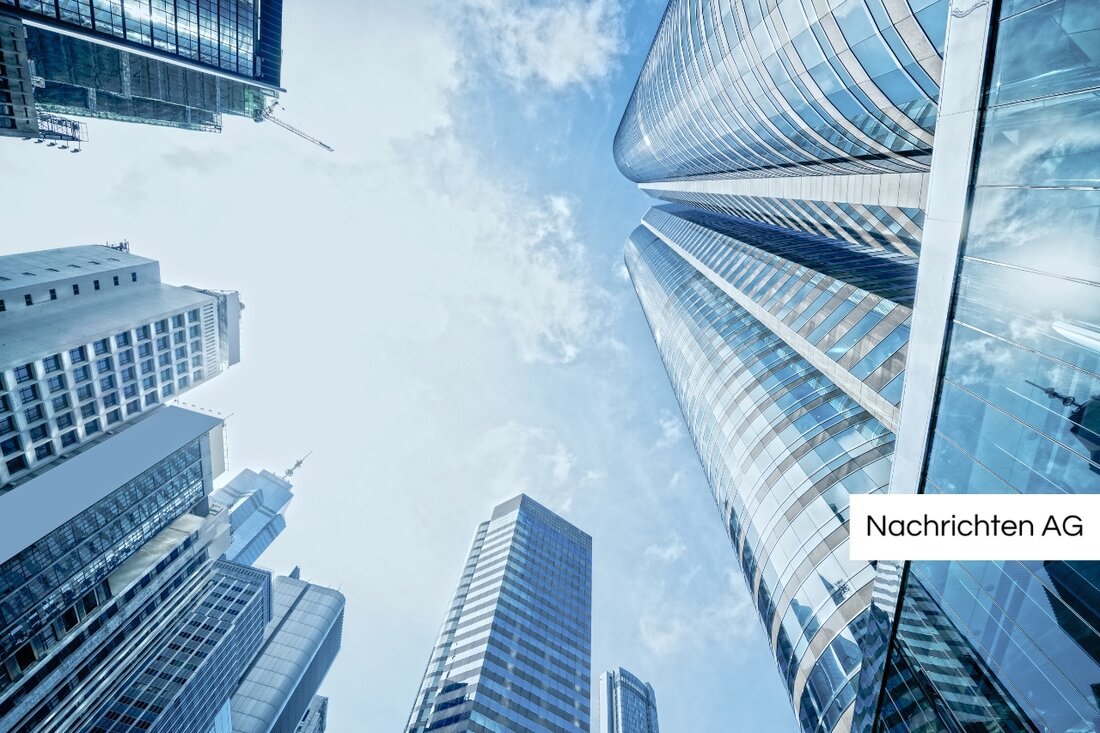Magdeburg's upswing: Nostalgia meets the future - act now!

Magdeburg's upswing: Nostalgia meets the future - act now!
Magdeburg, Deutschland - In Magdeburg, stories of people with East and West background have shaped for reunification over the past 35 years. Guido Nienhaus tells one of these stories, who is active in the city as head of the communication service provider MDCC. Born in the Münsterland, the East was hardly an issue for him until 1989. After graduating from high school, he moved to Magdeburg, where he took the first steps into urban planning in 1996 as a controller at the urban works. A year later he founded the MDCC and has been the managing director since then. His commitment to art, culture and sport illustrates how much he identifies with the city and actively participates in its development.
"Remembering in Magdeburg is necessary to promote the upswing," said Nienhaus. His view of the past 30 years is changing when he talks about how Magdeburg has become an example of the positive development in East Germany from a place of upheavals. It attaches particular importance to the fact that the maintenance of existing infrastructures, such as bridges and cultural buildings, is crucial for future development. In his eyes, these buildings symbolize the new self -confidence of East Germans and offer the opportunity to continue to increase the quality of life in the city. Nienhaus has never regretted being moved to the east and sees great potential in the cooperation between business and science to make Magdeburg sustainable.
urban development since reunification
The stories of Magdeburg are part of the larger trend that many East German cities had to experience after reunification. For example, Leipzig, the largest city of Saxony, initially experienced a dramatic decline in the population. After a phase in which the city suffered from a negative migration balance for almost 10 years, it only began to grow permanently in the early 2000s. Outdated renovated building structures and a saturated housing market only helped to cope with the challenges that resulted from the history. In particular, the excess of housing and the emigration of young, educated people led to a social extension of the city that is still visible.
The “Stadtaufauen Ost” program was launched to support the dismantling of non -sought -after apartments and thus take into account the demographic changes. The "Leipzig model" was created, a urban development approach that is supposed to mitigate the negative consequences of shrinkage through targeted urban planning. The shrinkage usually takes place from the outside to the inside, which means that the focus is on the dismantling on the outskirts, while the inner cities often suffer from neglect.
A look into the future
The common challenges that the East German cities stand in front of show that a lot has happened, but there is also a lot to do. It must continue to be invested in order to recover empty buildings and increase the attractiveness of the city centers. Projects such as "Pleißen to light" in Leipzig, which is supposed to make underground rivers visible, are exciting examples of how creative ideas can contribute to the upgrading of urban rooms. However, gentrification, as it was experienced, for example in the Plagwitz district, also shows the dark side of such processes, for example through rising rents and social pressure on residents.
Against this background, it remains important to find the balance between preservation and change in order to create a livable environment for all citizens. The commitment of people like Nienhaus in Magdeburg could be the first step into an exciting new chapter in urban development in East Germany. You can find more information about the various aspects of urban development since 1990 in the detailed reports at Uni Tübingen .| Details | |
|---|---|
| Ort | Magdeburg, Deutschland |
| Quellen | |
